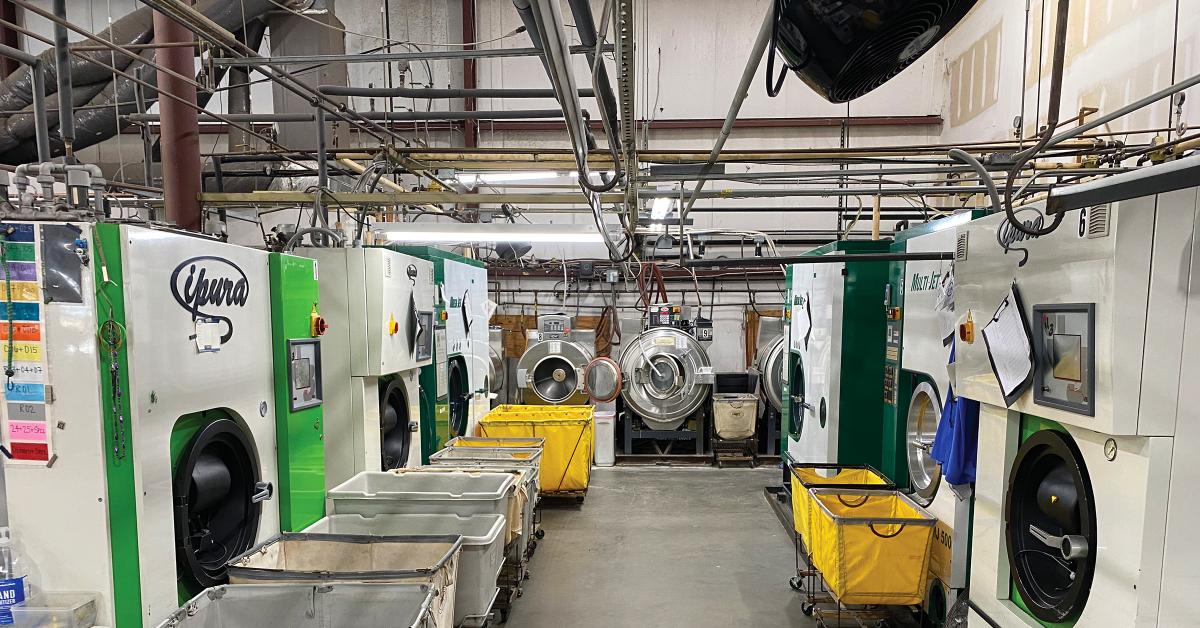WICHITA, Kan. — Buying new equipment, either to replace aging equipment or to expand capabilities, is a massive decision that can determine the future of a drycleaning business. In this series, we’ve asked cleaners about their thought process when it comes time to make a choice when it comes to purchasing machines. In this, the conclusion, we’ll examine both the expense and benefits of adding or replacing cleaning equipment.
BE PREPARED
When purchasing big-ticket items, it helps to remember that they represent an investment in the business.
“We are most interested in understanding if the new machine will improve the client or team member experience and whether it will lead to increased bottom-line profits,” says Dave Coyle, owner of In the Bag Cleaners, which has 14 locations in the Wichita, Kansas, area. “We further analyze the return on investment to better understand how long it takes to pay for itself.”
Coyle opened In the Bag in 2000, and the company currently has 68 team members.
While some capital improvements are in reaction to a machine breakdown that can’t be repaired, there are other times when a purchase is planned, he explains.
In the Bag’s most recent purchase was a 20-ton chiller for six of its drycleaning machines. It replaced a 12-year-old 10-ton chiller that broke down.
“We decided, with some research, to purchase a larger unit and use the existing chiller as a backup if the new one ever goes down and needs service,” Coyle says.
It took two weeks for the new equipment to arrive. In the Bag was able to get by with its second 10-ton unit.
“Prior to that [purchase], it was a set of 15 dryers for our wash and fold service,” says Coyle. “And prior to that was our largest ever equipment purchase—an assembly conveyor with three load stations, seven extract arms and integrated bagger, and a batching conveyor to automatically take it to the correct outgoing rail in our production workshop.”
Coyle’s first large equipment purchase was almost 18 years ago for his original plant. He waited as long as possible but finally had to replace a double buck shirt unit.
“I waited as long as I could to replace it, but once I installed a new double buck, so much of my daily stress disappeared,” he recalls. “I learned that lesson early, that having good equipment is absolutely necessary if I am going to spend most of my time on growing the business.”
Once the purchasing decision has been made, it’s best to tap into distributors, manufacturers and other store owners, whom Coyle says play a large part in most of his buying decisions.
“There is a wealth of knowledge out there, but the relationships with these other people have to be created, developed and nurtured just like we do with our team members and clients,” he says. “And finding a couple of individuals or companies that can install the equipment properly is critical.”
When researching equipment, Coyle warns against getting stuck in “an endless cycle of analysis paralysis.”
“You will be so glad once you make a decision,” he adds. “And you will be so happy once that new equipment is installed and working properly.”
To read Part 1, click here, and for Part 2, click here.
Have a question or comment? E-mail our editor Dave Davis at [email protected].
